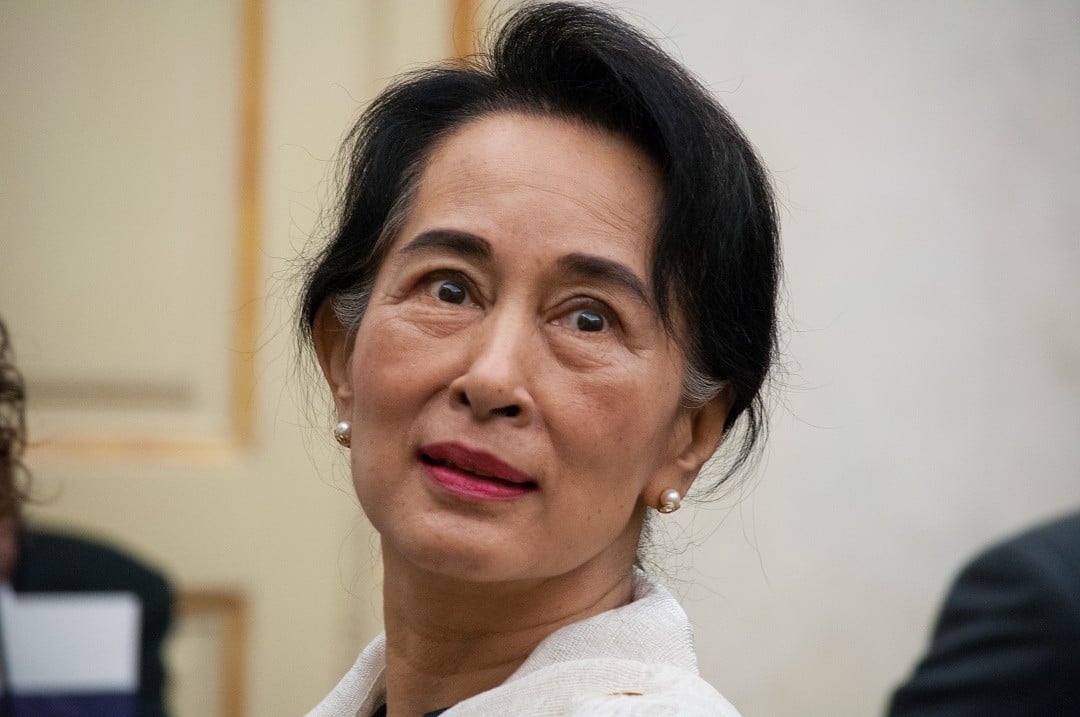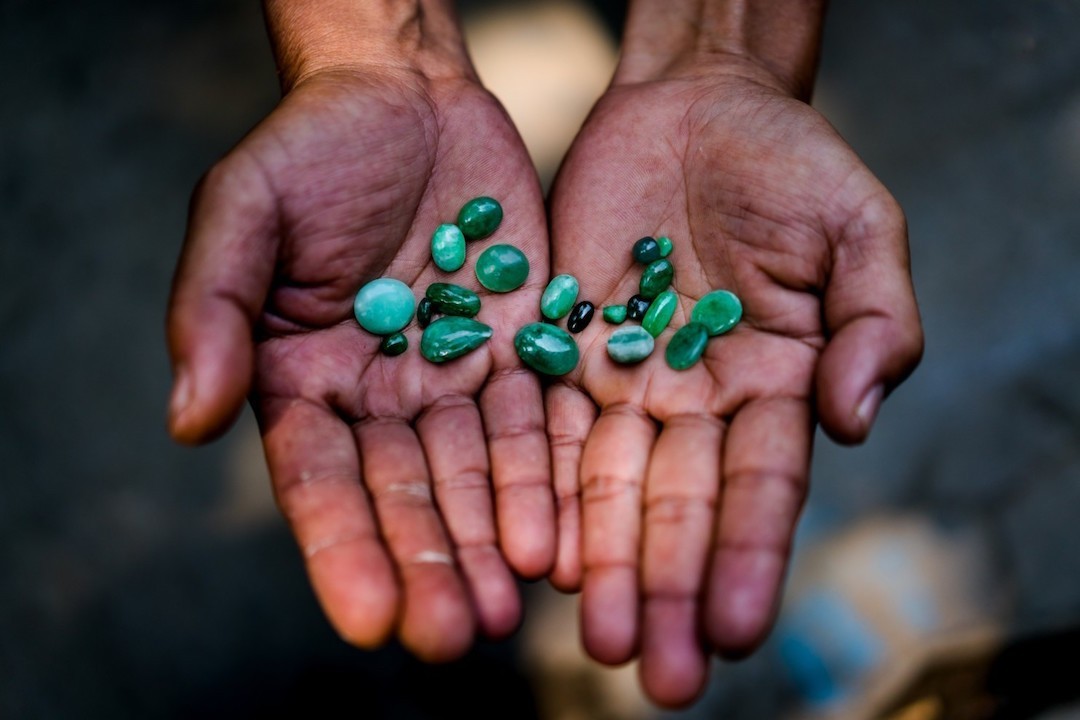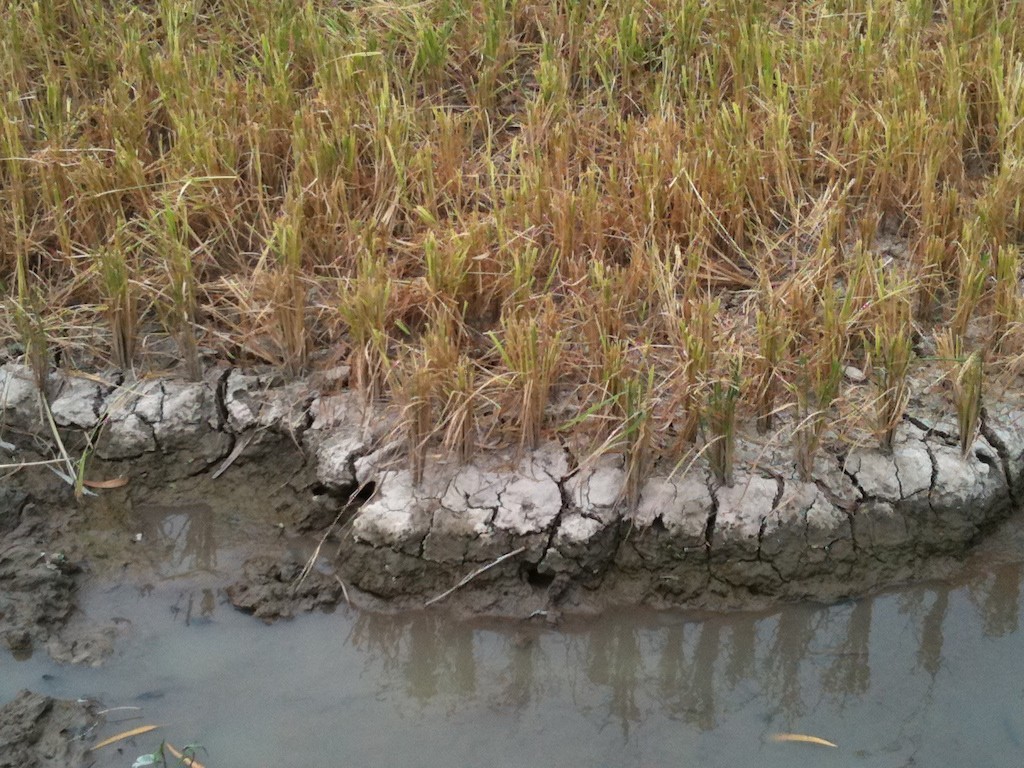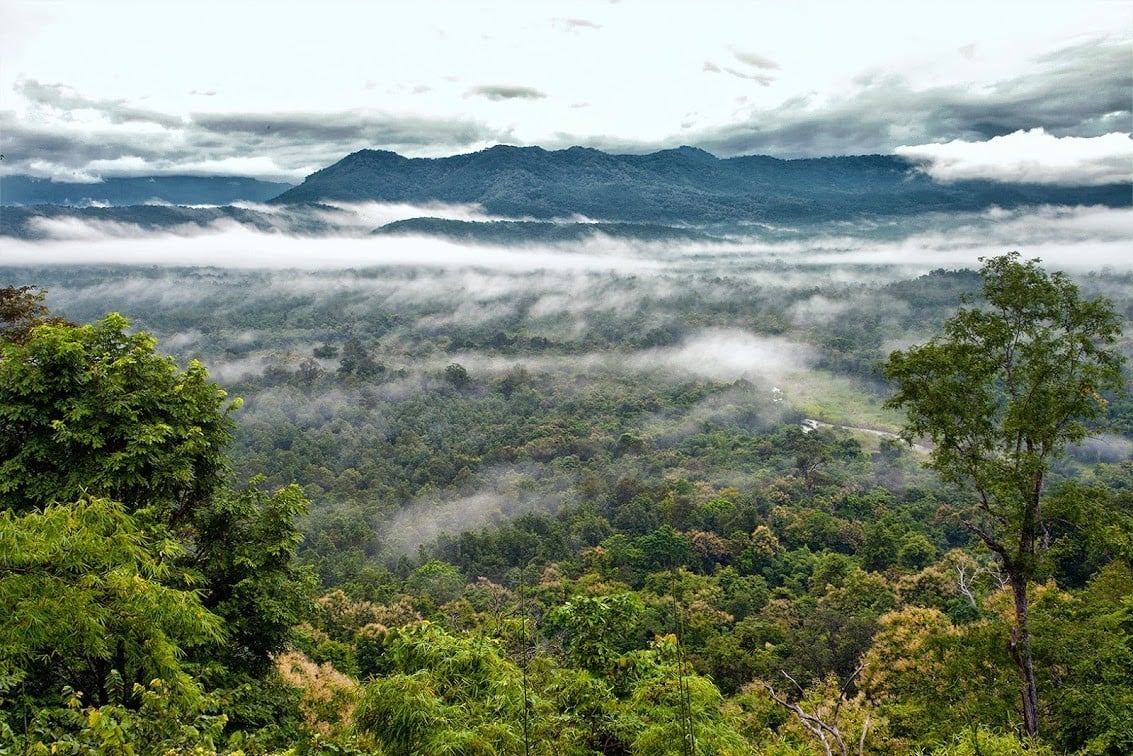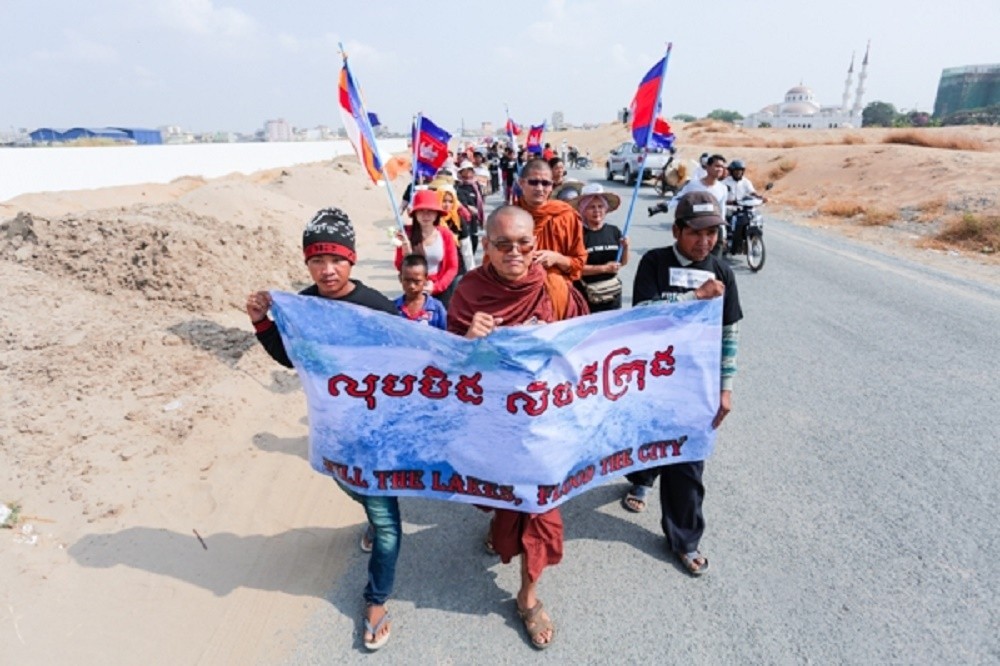The right of citizens and communities to protect the environment against harmful development projects is now back in the draft constitution, thanks to fierce pressure by civil society nationwide. So people can relax now, right? Not a chance.
Face it. The military regime is in it for the long haul. Their diktats are the ultimate rules of the land. The community rights clause in the draft will be of no help because it has also been heavily diluted, turning active citizens and communities into state vassals.
Since the beginning of this year, the National Council for Peace and Order (NCPO) has issued a series of orders under the special powers of Section 44 in the interim charter to eliminate legal obstruction and fast-track mega projects. First it was an order to bypass land-zoning laws to speed up the government’s project to create special economic zones in 10 border provinces, which also faces fierce opposition from locals. That was in January.


